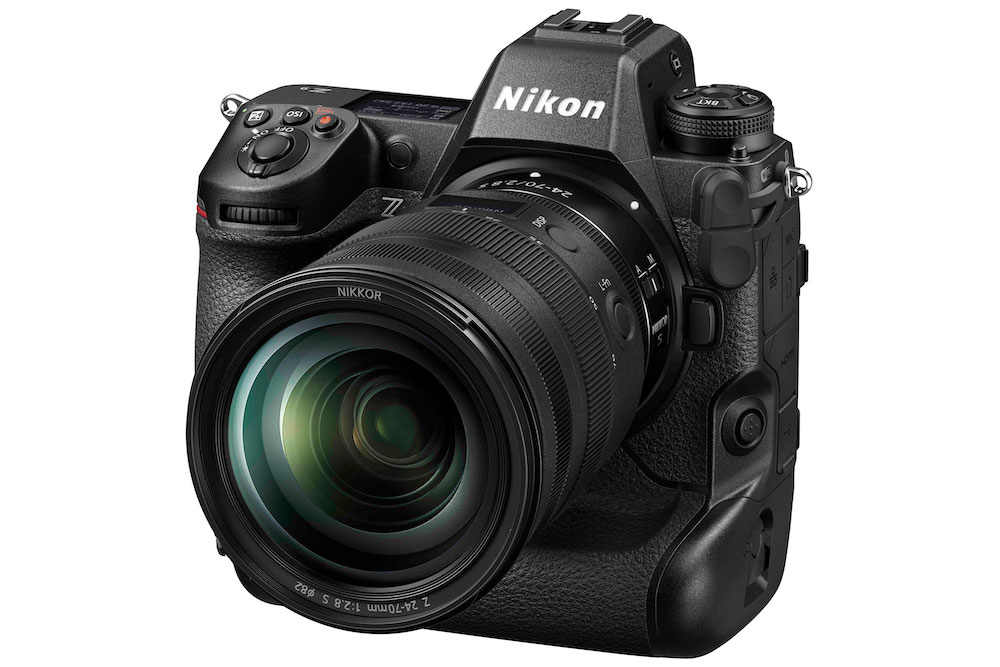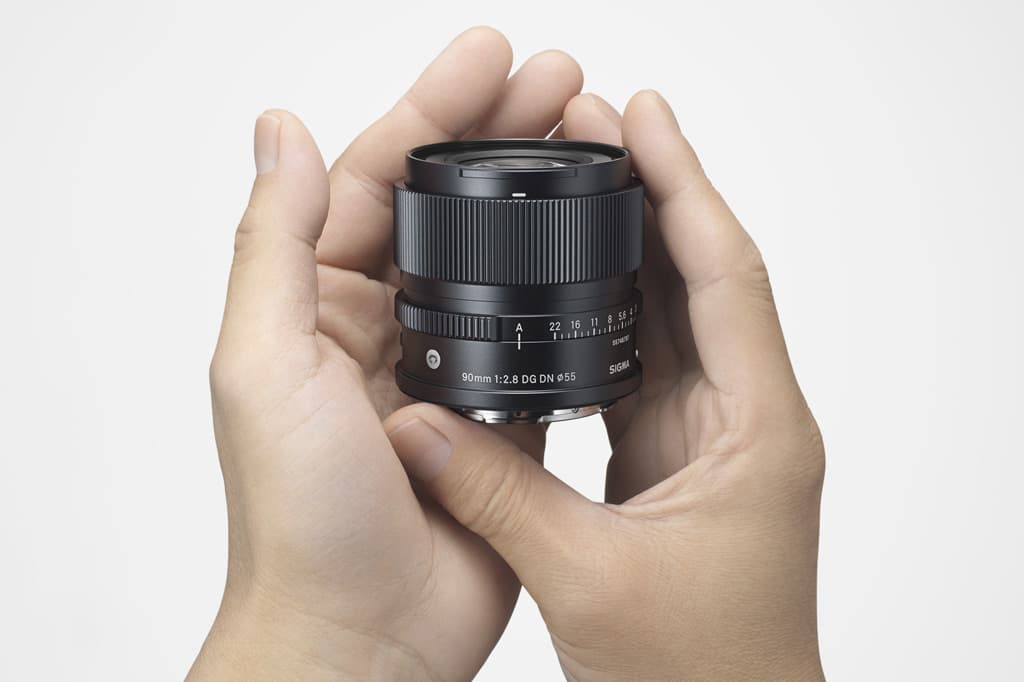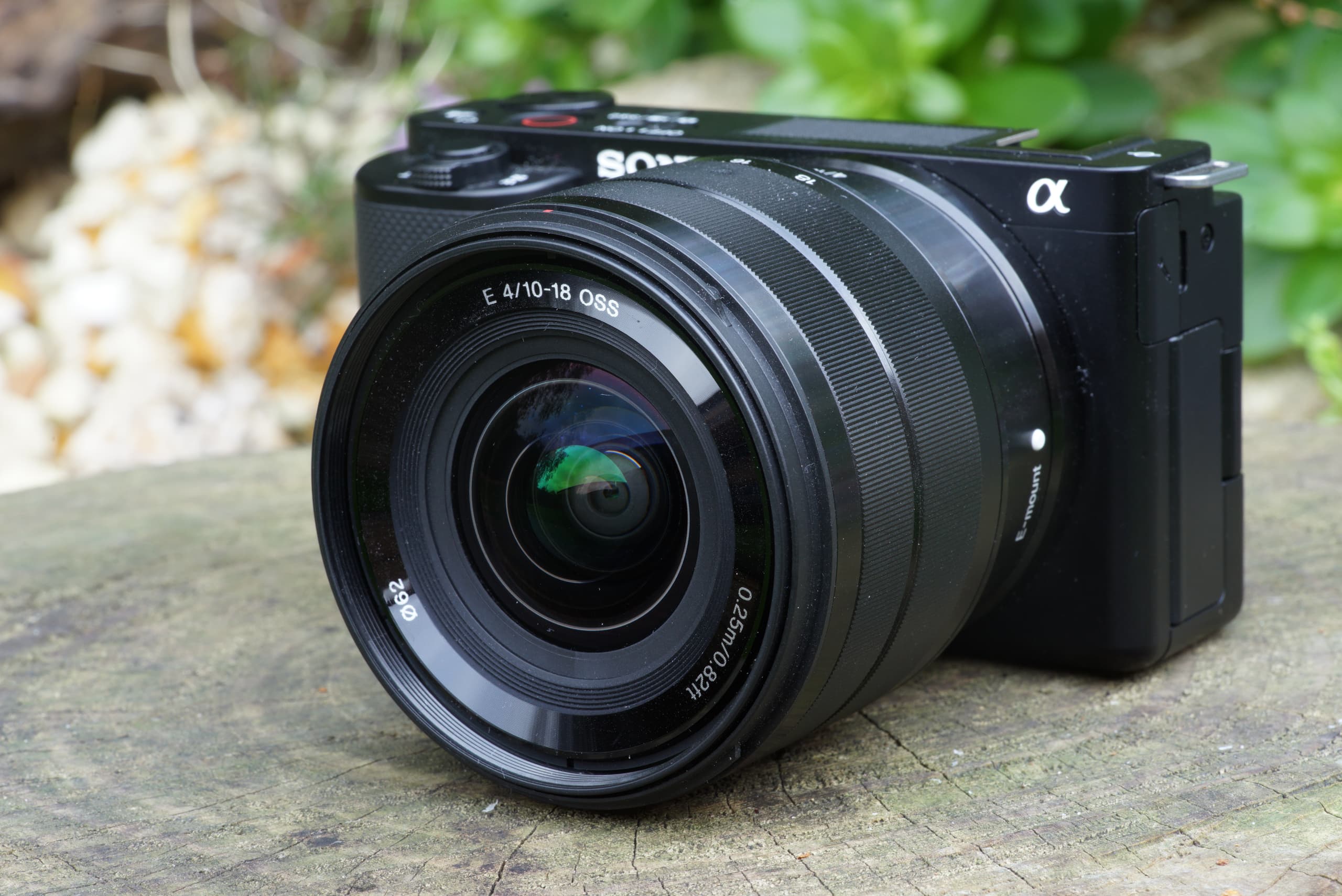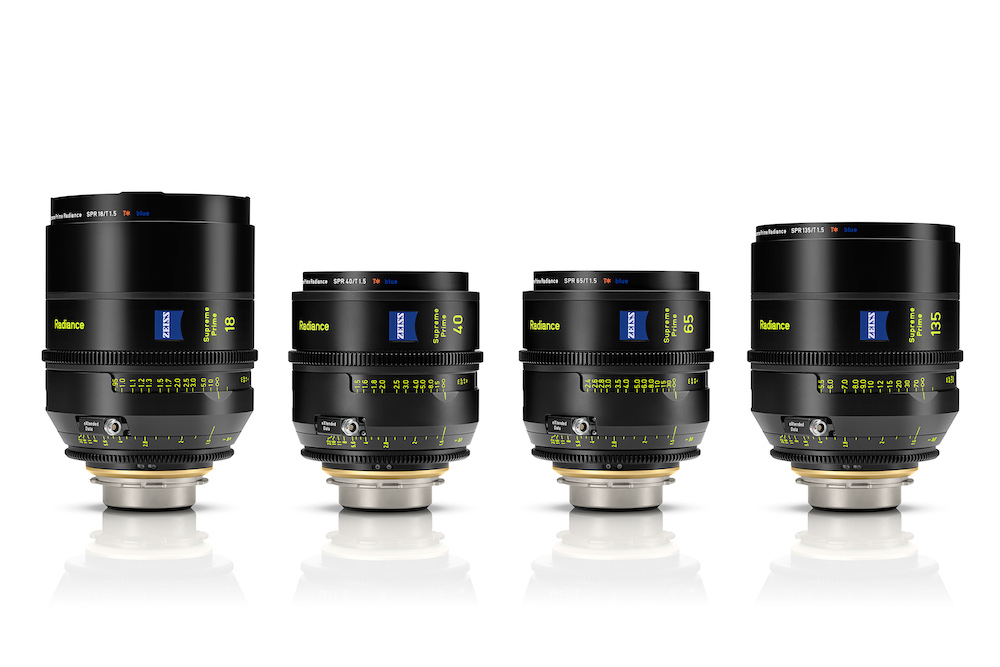It’s likely that photographers will face a wait for new cameras and lenses in 2022 with many of the major photo equipment manufacturers admitting that, due to a number of factors, the supply of products may not meet demand. The factors involved include the impact of the global shortage of semiconductors, difficulties with procuring key parts, the impact of Covid pandemic and a high demand that may outstrip the supply of imaging products around the world.
Amateur Photographer has contacted all of the major camera and lens makers and found a mixture of caution and honesty about the fact that some product supplies may not be met. For example, Sony has admitted that the production of ‘certain products’ is being affected, Leica has stated that there will be points during 2022 when it is ‘unable to meet customer demand’ and Nikon has said, ‘we are currently experiencing supply chain disruption and delivery delays.’ On the flip side of those comments, OM Digital Solutions (formerly Olympus) has told us, ‘we do not foresee any delays in our launch plan for new products based on current info’, but the situation with regards to all photographic equipment launches and subsequent supplies remains fluid.
Both cameras and lenses require semiconductors – for example, CMOS (which stands for Complementary Metal-Oxide Semiconductor) image sensors in digital cameras convert photons to electrons for digital processing whilst processors in lenses help to control aspects such as aperture and focus control and/or image stabilisation.
Why are there semiconductor shortages?
At the core of the problem is a global shortage of semiconductors – this has affected not only the production of photographic equipment but also the production of cars, smartphones, washing machines, games consoles and many other products. This shortage has been caused by a numbers of factors which include the closure of chip factories during the Covid-19 pandemic, the increased demand for electronic office equipment (laptops, tablets, webcams etcetera) for people working from home, rises in shipping costs for moving chips from Asia to Europe and delays caused by chip makers having to catch up in response to demand by increasing manufacturing capacities.
However, it’s important to note that a shortage of semiconductors does pre-date the Covid-19 pandemic with an increased demand due to the rise of 5G and the decision of the US government to prevent the sale of US-manufactured chips to the Chinese firm Huawei. This US ‘chip ban’ on Huawei meant the Chinese company then flooded chip makers outside of the US with fresh orders.
The imaging companies respond
To give you a clearer picture of how most of the major imaging equipment manufacturers expect 2022 to pan out with regards to launches and the subsequent supply of products to market, their exact responses to Amateur Photographer are shown below (in alphabetical order by company):

The Leica M11 was launched on 13 January 2022 but already demand for it has meant it is out of stock
LEICA (statement from Leica UK managing director Jason Heward)
‘I would say that, so far, our production and supply chain team has done a great job in managing these turbulent times. As a medium-size manufacturer the pressure is different than that faced by the larger, mass manufacturers. We also do not have an internal competition for components from other product divisions, so we can focus solely on one core range. We have seen a many-fold increase in the price of components but have largely managed to absorb these so far. The outlook for the next six to 12 months is still challenging and it’s unlikely that we won’t have moments when we are unable to meet customer demand. We will plan for these as far in advance as possible to avoid disappointment.’

The Nikon Z 9 mirrorless camera may be one of the products affected when demand outstrips supply in 2022
NIKON
‘We are currently experiencing supply chain disruption and delivery delays. This is due to the arrival and distribution of necessary parts for imaging products mainly due to the impact of the global shortage of semiconductor supply. We advise those awaiting confirmation of their delivery date to contact the retailer through which they placed their order. Rest assured Nikon is working hard to resolve these disruptions and to deliver the products to the affected customer orders as a priority.’

How OM Digital Solutions teased its new micro four thirds camera (above, bottom camera) for 2022. The company says it does not ‘foresee any delays’ with its planned 2022 launches
OM DIGITAL SOLUTIONS (FORMERLY OLYMPUS)
‘We are facing some limited product shortages which are not unique to us – for various reasons (high demand on key lines, Covid, assorted supply chain glitches) but we do not foresee any delays in our launch plan for new products based on current info.’

The Panasonic Lumix S 35mm F1.8 lens was announced in November 2021
PANASONIC (LUMIX)
‘The imaging industry is currently facing a number of global challenges that are affecting all camera manufacturers and Panasonic is not immune to these. We continue to do our best to meet the demands of our customers and we are excited to show our latest updates in Spring 2022.’

The Sigma 90mm F2.8 DG DN I Contemporary lens was announced in September 2021
SIGMA
‘Since last year, the supply of not only semiconductors but also materials and components has been tightened due to the shutdown of factories and disruption of logistics caused by the COVID-19 lockdown in cities around the world, which is a problem common to all industries, not just cameras and interchangeable lenses. As for Sigma, despite the problems mentioned above, close cooperation with suppliers and our own efforts have resulted in no major impact on production and we have been operating smoothly so far. However, the outlook for the supply of materials and parts has become increasingly uncertain since the beginning of 2022, and there is a possibility that our production will be affected in the future. Sigma will do its utmost to fulfil its supply responsibilities in order to avoid causing inconvenience to our customers.’

The Alpha ZV-E10 is one of several Sony cameras that had production suspended due to shortages in parts procurements
SONY
‘For camera products, there is currently a delay in parts procurement partly caused by the global shortage of semiconductors, which is affecting production of certain products.’

Zeiss added four focal lengths to its Supreme Prime Radiance family in 2021 – the 18mm, 40mm, 65mm and 135mm lenses
ZEISS
‘Of course, we at Zeiss are also affected by the shortage of semiconductors and price increases for components in the photo sector. However, we benefit from a manageable amount of semiconductor components in lenses, our long-standing and reliable supplier relationships and our long-term planning.’
AP has also contacted Fujifilm, Ricoh (which also owns the Pentax brand), Canon and Tamron but, to date, has yet to receive any official responses from those companies. As soon as we do get any responses from them, we will bring the relevant updates to you first on the AP website.
The semiconductor shortage situation with regards to the photographic industry has been in the public domain for some time, arguably most notably when Sigma’s CEO, Kazuto Yamaki, took to the social media platform Twitter on 3 January 2022, in response to a customer query, to state, ‘…in 2022, supply shortage of semiconductor[s] may affect production of some products.’
At this point in time the best advice is to check on the status of your equipment orders with your imaging retailer. AP will continue to keep you updated on any issues that may affect the supply of specific cameras or lenses.
Related articles:
OM Digital Solutions reveals it is on track for 2022 launches
Sigma CEO admits semiconductor shortage will affect production







